Escherichia coli (also shortened to E.coli) is a Gram-negative bacterium, which looks like little a stick (bacillus) and usually comes in pairs or single. The bacterium normally lives in the large intestine but it is also frequently identified as a cause of different infections of the urinary tract (UTI, urinary tract infections), traveler’s diarrhea, cholecystitis, cholangitis as well as pneumonia and neonatal meningitis and many other infections.
Almost 50% of all female Americans experience UTI at least once and many times the cause of the problem is found to be E.coli. The same bacterium is responsible for about 12 to 50% of nosocomial infections and 4% of all cases of diarrhea diagnosed in the United States.
- EHEC serotype O157:H7 was first recognized in 1982 as a human pathogen associated with outbreaks of bloody diarrhea in Oregon and Michigan, U.S.A. and is also linked to sporadic cases of HUS in 1983. Since then, many outbreaks associated with EHEC have been reported in the United States and E. coli O157:H7 has become one of the most important foodborne pathogens.
- The Centers for Disease Control and Prevention (CDC) has estimated that E. coli O157:H7 infections cause 73,000 illnesses, 2,200 hospitalizations, and 60 deaths annually in the United States. The outbreak surveillance data from CDC reported that E. coli O157:H7 infections are decreasing after the peak in 1999. However, large outbreaks and sporadic cases continue to occur. The annual cost of illness due to E. coli O157:H7 infections was 405 million dollars, including lost productivity, medical care, and premature deaths. The high cost of illness requires additional efforts to control this pathogen.
- Several comparative and epidemiological studies indicate that E. coli O157:H7 may have descended from the non-toxigenic and less virulent strain E. coli O55:H7. E. coli O15:H7 has emerged through four sequential events; (i) acquisition of an stx2-containing bacteriophage, (ii) acquisition of pO157 and the rfb region, (iii) acquisition of the stx1-containing bacteriophage, and (iv) loss of the ability to ferment D-sorbitol and loss of beta-glucuronidase (GUD) activity.
- Several strategies for therapy have been studied including the use of antibiotics and vaccination. However, there is no specific treatment for E. coli O157:H7 infection and the use of antibiotics may be contraindicated. Therefore, treatment is mainly supportive to limit the duration of symptoms and prevent systemic complications. Given this status, highly effective measures for prevention and control of E. coli O157:H7 infections are essential.
- In the United States, the most frequent route of transmission for E. coli O157:H7 infections is via consumption of contaminated food and water. However, it can also be spread directly from person to person, particularly in child day-care facilities, and from animal to person. Infections have been documented from people visiting petting zoos, dairy farms, or camp grounds where cattle have previously grazed.
- E. coli O157:H7 naturally colonizes the gastrointestinal tracts of cattle, and the lymphoid follicle-dense mucosa at the terminal rectum, called the rectoanal junction (RAJ) mucosa, is known as a principal site of colonization in cattle.
- A plasmid is an extrachromosomal DNA that is capable of replicating independently of the chromosomal DNA. Plasmids are mobile elements that provide various host beneficial traits, such as resistance to antibiotics and heavy metals, production of toxins and other virulence factors, biotransformations of hydrocarbons, and symbiotic nitrogen fixation. Plasmid-encoded genes are required for full pathogenesis in many enteropathogenic bacteria including Shigella, Yersinia, Salmonella, and E. coli species.
Some of infections caused by E.coli, such as neonatal meningitis, are very serious. This condition is fatal for 8% of diagnosed kids, while the survivors are at high risk for different developmental and neurological problems. Regarding the sexual preference, UTIs are more common among women than men because of the female anatomy. However, male babies and men older than 45 years of age also found to be prone to this condition.
Urinary Tract Infections
Among patients suffering from uncomplicated UTIs almost 90% will have uropathogenic strains of E.coli as the cause of their problem. E.coli often causes uncomplicated cystitis, urethritis, acute prostatitis, pyelonephritis, prostatitis abscess as well as urosepsis. Sexually active women are susceptible to uncomplicated cystitis because the bacteria enter the bladder during sexual intercourse.
Elderly patients with structural abnormalities or obstruction of some parts of the urinary tract, as well as those with urinary catheters can develop complicated UTI or pyelonephritis. According to the statistics, 44% of all patients with E.coli related UTI will experience recurrent infection.
Enteric and Intra Abdominal Infections
Traveler’s diarrhea, Shigella-like dysentery, hemorrhagic colitis, hemolytic-uremic syndrome and persistent diarrhea in children are all known to be caused by different strains of E.coli.
Perforated appendix or diverticulum, some intra-abdominal abscesses, ascending cholangitis or cholecystitis may all lead to intra-abdominal infection with E.coli combined with other bacteria in some cases.
Pneumonia and Bacterial Meningitis
Respiratory infections caused by E.coli are very rare and usually appear in people with E.coli UTI. However, this can also be acquired condition in patients already suffering from diabetes, COPD (chronic obstructive pulmonary disease) and alcoholism.
Bacterial meningitis is usually seen in newborns. This condition may be fatal for some children, especially those born with low birth weight and positive cerebrospinal fluid culture result. Adults may also develop this condition, after some neurosurgical procedure or trauma and some brain infections.


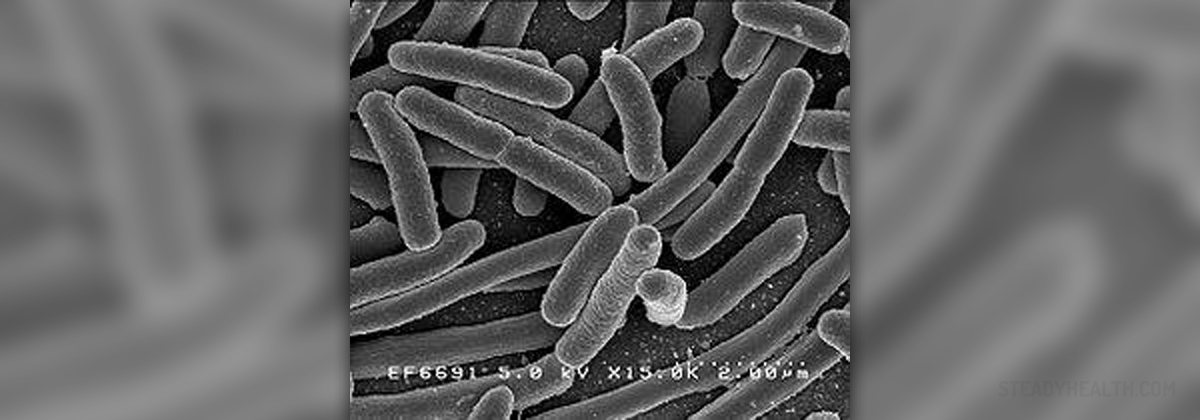



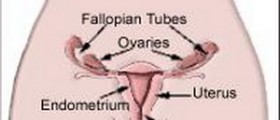



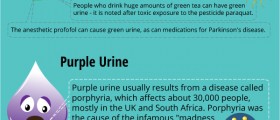

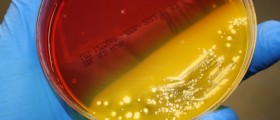

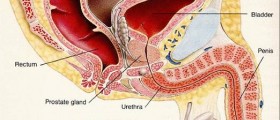

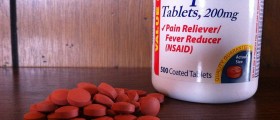

Your thoughts on this
Loading...